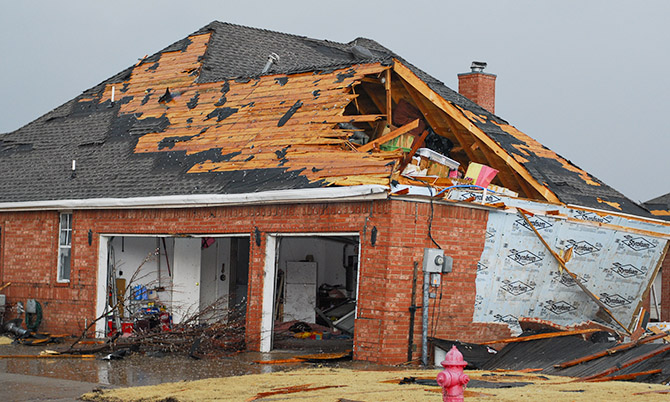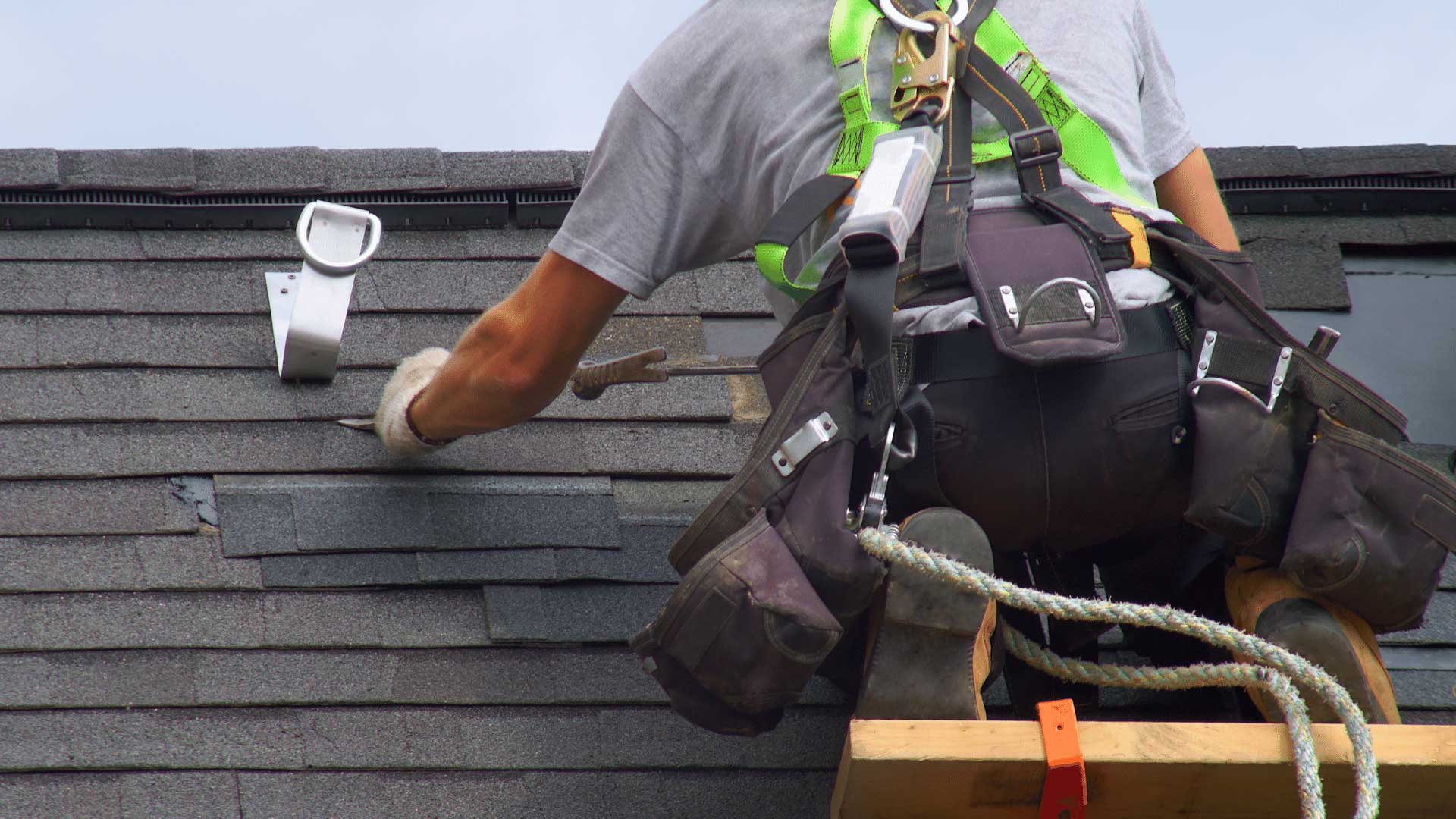Homeowners often have difficulty determining when their roof needs to be replaced. Knowing the signs can help homeowners make an informed decision and save money in the long run.
This article will provide a comprehensive guide on how to tell if you need a complete replacement of your roof, as well as discuss what factors should influence this decision.
The process for evaluating whether or not a roof requires replacing is simple yet essential:
- Examining age
- Weather damage
- Leaks
- Penetrations
- Curling shingles
- Moss growth
- Interior water spots
These are all crucial steps that must be taken into consideration. By assessing these issues one by one and taking appropriate action accordingly, homeowners can determine if they require a full roof replacement.
1. Examining Age
When evaluating whether a complete replacement is necessary, age is an important factor to consider. The life expectancy of the appliance can provide a benchmark for cost evaluation and maintenance costs.
Typically, appliances last anywhere from 10-15 years depending on use, care and frequency of repairs. As such, if the appliance has been in service for more than a decade it may be time to start looking into replacing it with a newer model.
Additionally, even when the appliance appears to be working normally there are often signs that indicate its lifespan will soon come to an end. These include increased energy consumption or diminished performance compared to before.
In this case, investing in a new appliance could save money over time since it would likely have higher efficiency ratings and require less frequent maintenance visits.
2. Weather Damage
Weather damage can be an issue for homeowners, especially during times of heavy wind or rain.
Mold buildup is one common consequence of weather-related issues, and can form on walls, ceilings, floors, furniture, appliances, and any other materials in the home that are not properly sealed against water intrusion.
Wind damage can also occur if winds reach a high enough speed to cause structural problems such as crumbling bricks or shingles from roofs being blown away. In cases where wind speeds are very high, entire buildings may need to be reconstructed in order to ensure their safety.
Homeowners should inspect their properties regularly after extreme weather events to make sure there has been no significant damage that could necessitate a complete replacement of certain sections of the house or even the entire structure.
Taking preventative measures now will help protect homes from potential future damages caused by inclement weather.
3. Leaks
The effects of weather damage on a roof can be significant. High winds, hail storms and snow accumulation can all cause severe wear-and-tear to the structure itself as well as any flashing details or underlayment issues that may exist.
In order to determine whether you are in need of a complete replacement, it is important to consider if these elements have been affected by harsh conditions.
Inspecting for signs of weather damage includes looking for areas where shingles have become worn or curled, granules have come off the surfaces, or large chunks of material are missing altogether.
Pay close attention to flashing details around chimneys and vents, which often experience more exposure due to their higher elevation relative to other parts of the roof surface.
Additionally, check for water stains on interior walls and ceilings along with any evidence of mold growth due to prolonged moisture accumulation from leaks caused by deteriorating underlayment issues.
Taking note of these indicators will give an indication as to whether your roof needs a complete replacement.
4. Penetrations
The necessity of a complete replacement may be clear when examining the presence and severity of penetrations. Penetrations are areas where air or water can leak into, around, or out of a building’s envelope. Understanding the types and locations of these openings is crucial in assessing how much damage has been caused by them.
Ventilation issues such as drafts, humidity levels, condensation on windows and walls, musty odors and mold buildup often indicate that penetrations have occurred which require attention. Unsealed cracks between wall studs allow air leakage from outside to inside while unsealed plumbing fixtures permit moisture infiltration leading to potentially hazardous conditions.
Windows with improper seals create thermal bridges allowing warm air from the indoors to escape outdoors during winter months causing an increase in energy bills and discomfort for occupants within the space. Furthermore, penetrations such as those made for electrical wiring or ductwork provide paths for water vapour to move through cavities creating further problems related to insulation performance and indoor air quality.
Identifying all sources of penetration requires comprehensive inspections both interiorly and exteriorly; it is highly recommended that professionals perform this task so that appropriate remedial measures can be taken if needed.
5. Curling Shingles
Having discussed penetrations, it is time to move on to the topic of curling shingles.
Curling shingles are a common problem that can occur with any type of roof installation and they should be addressed immediately in order to avoid further damage.
It is important to evaluate the extent of the curling before determining whether or not a complete replacement of the roof is necessary.
When making this decision, one should consider cost comparison as well as the actual installation process involved with replacing an entire roof system.
In most cases, only certain areas will need repair work done due to curling shingles; however, if more than 25-30 percent of the roof surface presents signs of extensive wear, then a full replacement may be warranted.
In either case, professional inspection and assessment by a qualified contractor is recommended so that proper measures can be taken before irreversible damage occurs.
By doing this ahead of time, homeowners can save money in long run while also ensuring their roofs remain sound for many years to come.
6. Moss Growth
Moss growth is a common issue in many homes, but it can be prevented.
Proper attic ventilation is key to preventing moss from growing on your roof and walls. Ventilation helps remove excess moisture that accumulates due to humidity or rainwater, which prevents mold and moss growth.
Additionally, ensuring the exterior of your home stays clean and free of debris will help keep away pests like mice which may bring spores with them as they enter your home.
Repairing small leaks around windows, doors, pipes and other openings can also reduce the amount of moisture entering your home, further aiding in prevention of mold and moss growth.
Inspections should take place regularly so any issues can be identified early on before they become major problems.
If you notice signs of extensive damage such as missing shingles or siding pieces then replacement may be necessary for full protection against potential water damage caused by moss growth.
7. Interior Water Spots
Interior water spots can be caused by a variety of sources, including damp insulation and insufficient roof ventilation.
The presence of these water spots is often indicative that there may be an issue with the structure or integrity of your home.
In order to determine whether you need a complete replacement or simply repairs, it is important to diagnose the source of the problem.
If you are able to identify the root cause and make necessary adjustments, such as increased ventilation in the attic or replacing damp insulation, then this will likely solve the issue without needing a complete replacement.
If however, the interior water marks persist even after attempting to fix potential causes like insufficient roof ventilation or damp insulation, then this may indicate more serious structural damage which could require a full replacement of your home’s exterior walls or other components.
A professional inspection is recommended if this situation arises so that any underlying issues can be identified and addressed correctly before further damage occurs.
Conclusion
It is important to inspect a roof regularly and be aware of its condition.
Age, weather damage, leaks, penetrations, curling shingles, moss growth, and interior water spots can all contribute to the need for complete replacement.
If any of these factors are present on the roof, it may require a full replacement as opposed to simply patchwork repairs or maintenance.
It is always best to consult with an experienced professional who can assess the condition of the roof and provide a detailed account of what needs to be done if replacement is required.
A well-maintained roof will keep one’s home safe and secure from potential damage due to inclement weather conditions.
Taking proactive steps towards preventing long-term issues related to aging roofs will save time and money in the future.


